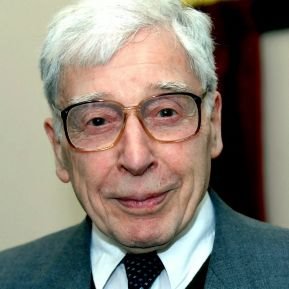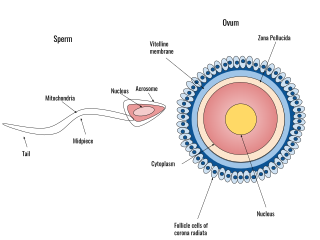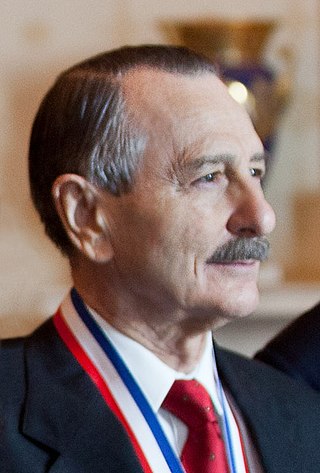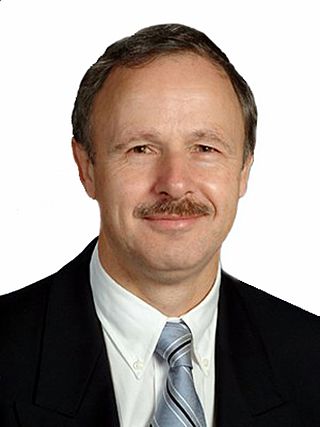
In vitro fertilisation (IVF) is a process of fertilisation in which an egg is combined with sperm in vitro. The process involves monitoring and stimulating a woman's ovulatory process, then removing an ovum or ova from her ovaries and enabling a man's sperm to fertilise them in a culture medium in a laboratory. After a fertilised egg (zygote) undergoes embryo culture for 2–6 days, it is transferred by catheter into the uterus, with the intention of establishing a successful pregnancy.

Intracytoplasmic sperm injection is an in vitro fertilization (IVF) procedure in which a single sperm cell is injected directly into the cytoplasm of an egg. This technique is used in order to prepare the gametes for the obtention of embryos that may be transferred to a maternal uterus. With this method, the acrosome reaction is skipped.

Oogenesis or ovogenesis is the differentiation of the ovum into a cell competent to further develop when fertilized. It is developed from the primary oocyte by maturation. Oogenesis is initiated in the embryonic stage.

Sir Robert Geoffrey Edwards was a British physiologist and pioneer in reproductive medicine, and in-vitro fertilisation (IVF) in particular. Along with obstetrician and gynaecologist Patrick Steptoe and nurse and embryologist Jean Purdy, Edwards successfully pioneered conception through IVF, which led to the birth of Louise Brown on 25 July 1978. They founded the first IVF programme for infertile patients and trained other scientists in their techniques. Edwards was the founding editor-in-chief of Human Reproduction in 1986. In 2010, he was awarded the Nobel Prize in Physiology or Medicine "for the development of in vitro fertilization".

Sir Martin John EvansFLSW is an English biologist who, with Matthew Kaufman, was the first to culture mice embryonic stem cells and cultivate them in a laboratory in 1981. He is also known, along with Mario Capecchi and Oliver Smithies, for his work in the development of the knockout mouse and the related technology of gene targeting, a method of using embryonic stem cells to create specific gene modifications in mice. In 2007, the three shared the Nobel Prize in Physiology or Medicine in recognition of their discovery and contribution to the efforts to develop new treatments for illnesses in humans.

Human fertilization is the union of an egg and sperm, occurring primarily in the ampulla of the fallopian tube. The result of this union leads to the production of a fertilized egg called a zygote, initiating embryonic development. Scientists discovered the dynamics of human fertilization in the 19th century.

Peter Robert Brinsden MBBS, MRCS, LRCP, FRCOG is known for the treatment of infertility in couples. From 1989 to 2006 he was the medical director of Bourn Hall Clinic in the UK, a leading centre for the treatment of fertility problems, and where about 6,000 babies have been conceived using IVF and other assisted conception treatments.

Oocyte cryopreservation is a procedure to preserve a woman's eggs (oocytes). This technique has been used to postpone pregnancy. When pregnancy is desired, the eggs can be thawed, fertilized, and transferred to the uterus as embryos. Several studies have shown that most infertility problems are due to germ cell deterioration related to aging. The procedure's success rate varies depending on the age of the woman,, as well as depending on health and genetic indicators. In 1986, the first human birth of oocyte cryopreservation was reported.

In vitro maturation (IVM) is the technique of letting the contents of ovarian follicles and the oocytes inside mature in vitro. It can be offered to women with infertility problems, combined with In Vitro Fertilization (IVF), offering women pregnancy without ovarian stimulation.
Transvaginal oocyte retrieval (TVOR), also referred to as oocyte retrieval (OCR), is a technique used in in vitro fertilization (IVF) in order to remove oocytes from an ovary, enabling fertilization outside the body. Transvaginal oocyte retrieval is more properly referred to as transvaginal ovum retrieval when the oocytes have matured into ova, as is normally the case in IVF. It can be also performed for egg donation, oocyte cryopreservation and other assisted reproduction technology such as ICSI.

Ralph Lawrence Brinster is an American geneticist, National Medal of Science laureate, and Richard King Mellon Professor of Reproductive Physiology at the School of Veterinary Medicine, University of Pennsylvania.
Jacques Cohen is a Dutch embryologist based in New York, U.S. He is currently a Director at Reprogenetics LLC, Laboratory Director at ART Institute of Washington at Walter Reed National Military Medical Center, and Scientific Director of R & D at IVF-online.

Gábor Vajta is a medical doctor, human pathologist and mammalian embryologist living in Cairns, Queensland, Australia. Vajta was an Honorary Professor of the BGI College, Shenzhen, China, and Adjunct Professor of the Central Queensland University, Rockhampton, Queensland, Australia. After an early career in human pathology he turned to embryology in 1989 and obtained a Doctor of Science degree in Domestic Animal Embryology at the Royal Veterinary and Agricultural University in Copenhagen, Denmark in 1999. During the past 25 years he has co-developed several patents relating to embryology, most notably the method of Handmade Cloning (HMC), the Submarine Incubation System (SIS), the Open Pulled Straw (OPS) vitrification and the Well of the Well (WOW) system. Currently Professor Vajta is director of a consulting company providing services in human and domestic animal embryology all over the world, and founder and Chief Scientific Officer of VitaVitro Biotech Co., Ltd., Shenzhen, China.
The history of in vitro fertilisation (IVF) goes back more than half a century. In 1959 the first birth in a nonhuman mammal resulting from IVF occurred, and in 1978 the world's first baby conceived by IVF was born. As medicine advanced, IVF was transformed from natural research to a stimulated clinical treatment. There have been many refinements in the IVF process, and today millions of births have occurred with the help of IVF all over the world.
Ruth Fowler Edwards, Lady Edwards was a British geneticist and the long-time wife and collaborator of Robert G. (Bob) Edwards, the "father" of in vitro fertilization.
Oogonial stem cells (OSCs), also known as egg precursor cells or female germline cells, are diploid germline cells with stem cell characteristics: the ability to renew and differentiate into other cell types, different from their tissue of origin. Present in invertebrates and some lower vertebrate species, they have been extensively studied in Caenorhabditis elegans, Drosophila melanogaster. OSCs allow the production of new female reproductive cells (oocytes) by the process of oogenesis during an organism's reproductive life.

Roger Gordon Gosden is a British-American physiologist in the field of female reproductive medicine. His scientific research focused on understanding the basic biology of development and senescence of ovaries in women, including mathematically modeling those processes. He did important translational research on ovarian tissue cryopreservation and transplantation.
Magdalena Żernicka-Goetz is a Polish-British developmental biologist. She is Professor of Mammalian Development and Stem Cell Biology in the Department of Physiology, Development and Neuroscience and Fellow of Sidney Sussex College, Cambridge. She also serves as Bren Professor of Biology and Biological Engineering at California Institute of Technology (Caltech).

Evelyn Elizabeth Telfer is a reproductive biologist and professor at the University of Edinburgh. She leads a research team which has successfully grown immature human eggs to maturity in the lab, and discovered that human ovaries are capable of growing new eggs. In 2018 she was named one of Porter magazine's Incredible Women of 2018. In January 2019 she delivered the Anne McLaren Memorial Lecture at the Joint Fertility Societies Meeting in Birmingham: Fertility 2019. The Society of Reproduction and Fertility (SRF) presented her with their Distinguished Scientist award. Professor Telfer was presented with the Marshall Medal by SRF at Fertility 2023 in Belfast in recognition of her world leading contributions to the field of ovarian function and fertility preservation. The Marshall Medal is the Society’s premier award established in 1963 to commemorate the life and work of the eminent physiologist FHA Marshall.
Sarah Martins da SilvaFRCOG is a British gynaecologist and researcher specialising in male infertility. Martins da Silva is a Clinical Reader in reproductive medicine at the University of Dundee. She also works as an honorary consultant gynaecologist at Ninewells Hospital in Dundee, specialising in fertility problems and assisted conception. She was named one of the BBC's "100 Women of 2019" for her contribution to fertility science.












